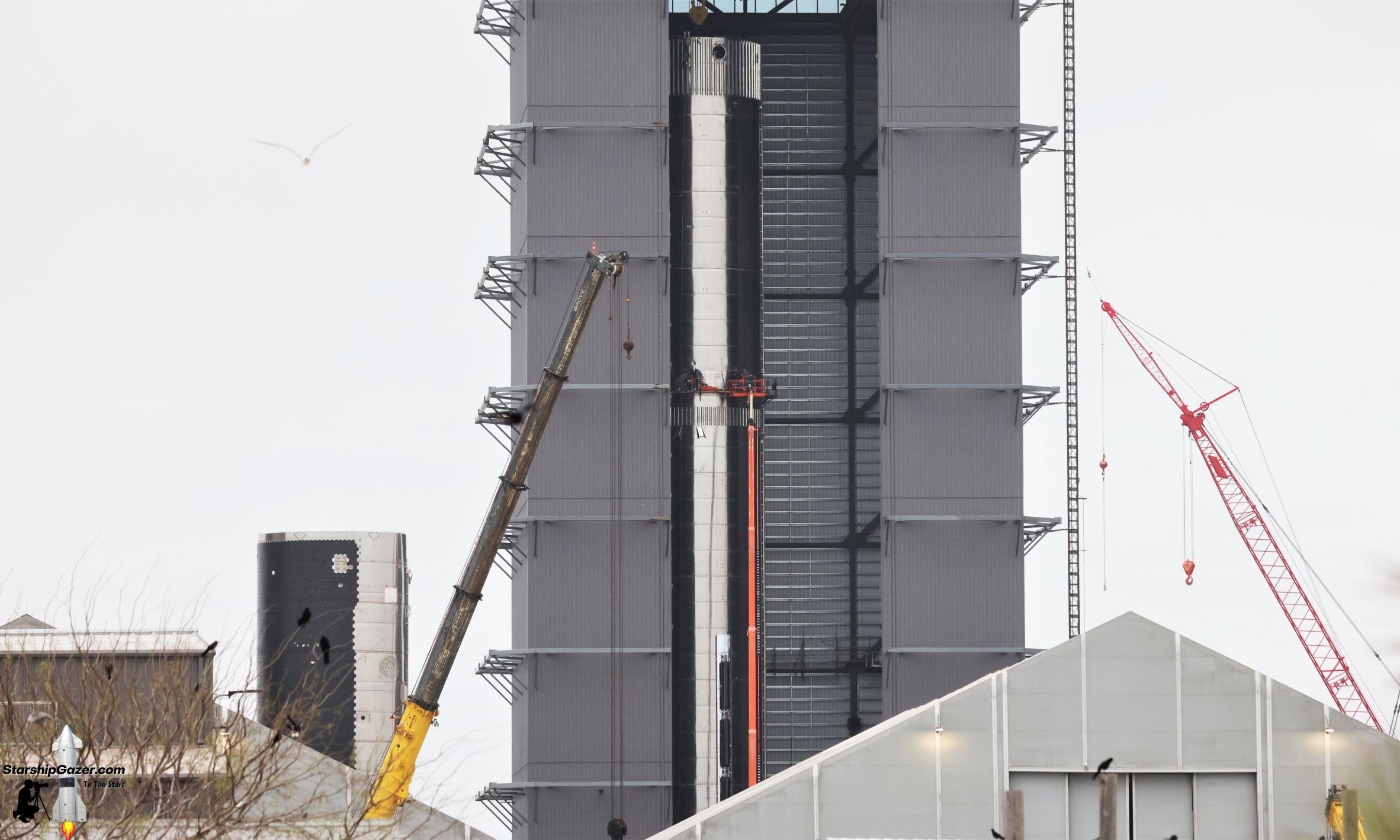
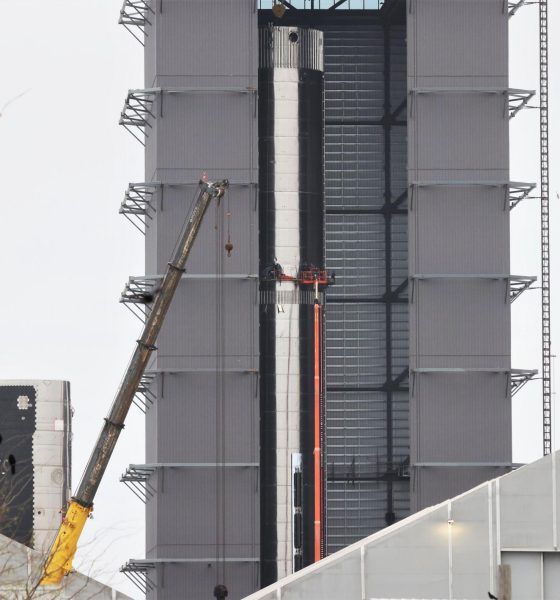
News
SpaceX’s first 33-engine Super Heavy booster reaches full height
Approximately 11 weeks after the process began, SpaceX has finished stacking its newest Super Heavy booster prototype – the first of its kind intended to host 33 new Raptor V2 engines.
Designed to launch Starship’s massive, namesake upper stage part of the way to orbit, Super Heavy is in many ways simpler than Starship but just as complex and unprecedented in others. Ignoring SpaceX’s unusual plans to have boosters land on huge mechanical arms installed on a skyscraper-sized tower, Super Heavy is ‘merely’ a large vertical-launch, vertical-landing liquid rocket booster – the likes of which SpaceX already has extensive experience with through Falcon 9 and Falcon Heavy. What mainly sets Super Heavy apart is its sheer scale.
Measuring around 69 meters (~225 ft) from tip to tail, Super Heavy – just one of two Starship stages – is almost as tall as an entire two-stage Falcon 9 or Falcon Heavy rocket. At nine meters (~30 ft) wide, a single Super Heavy booster – effectively a giant steel tube – should be able to store at least six or seven times as much propellant as Falcon 9 and about two to three times as much as Falcon Heavy. Engine count and peak thrust are similarly staggering.
SpaceX’s newest Super Heavy prototype – Booster 7 (B7) – expands those engine-related capabilities even further. Instead of the 29 Raptor V1 engines installed on Super Heavy B4, Booster 7 is designed to support up to 33 Raptor V2 engines. While the V2 design significantly simplifies Raptor’s design to make it easier to build, install, and operate, it also substantially boosts maximum thrust from around 185 tons (~410,000 lbf) to at least 230 tons (~510,000 lbf). In theory, if Super Heavy B7 is outfitted with a full 33 Raptor V2 engines capable of operating at that claimed thrust level, Booster 7 could theoretically produce at least 40% more thrust than Booster 4. B4, however, has yet to attempt a single static fire.
The fact that SpaceX hasn’t put Booster 4 through a single full wet dress rehearsal (a launch simulation just shy of ignition) or static fire test after more than half a year at the orbital launch site has led many to assume that the prototype is likely headed for premature retirement. With Booster 7 now perhaps just a week or two away from test-readiness, SpaceX finally has a viable replacement capable of both carrying the flame forward and kicking off the qualification of the first prototype designed to use Raptor V2 engines.
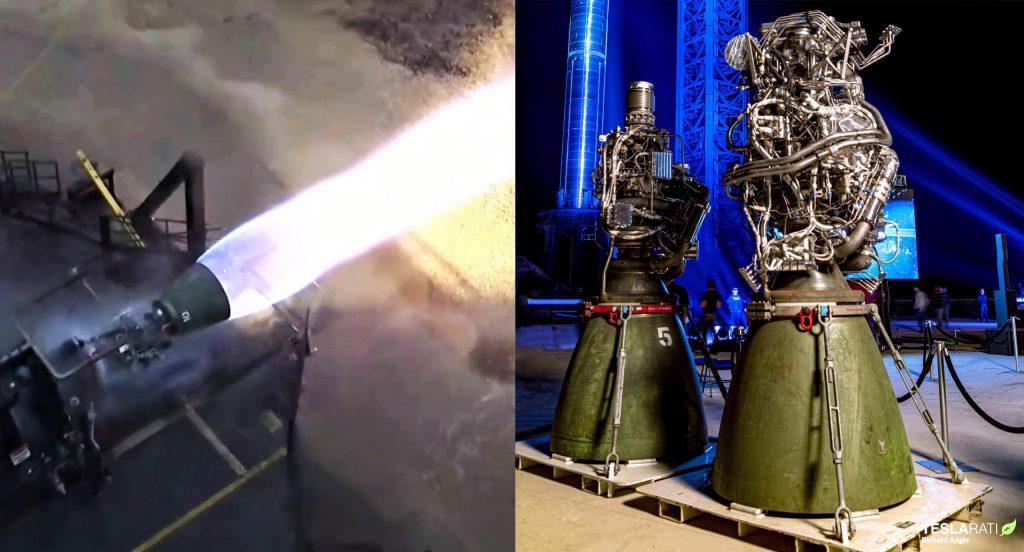
Booster 7 features a number of other design changes, including sleeker raceways (external conduits that protect wiring and smaller plumbing); a different layout of the pressure vessels, ‘hydraulic power units,’ and umbilical panel installed on its aft; and significant changes to the aerocovers that slot over that aft hardware. Beyond its Raptor engines, the two next most substantial modifications made to Super Heavy Booster 7 are arguably a pair of strake-like aerocovers and the addition of large internal ‘header’ tanks meant to store landing propellant.
A series of new sharp-edged aerocovers are now expected to slot over the top of two new pairs of five composited-overwrapped pressure vessels (COPVs) that run about a third of the way up Booster 7’s tanks. It’s possible that they will function a bit like strakes, fixed wing-like structures designed to improve aerodynamic stability. In comparison, Super Heavy B4 has four sets of two COPVs spaced evenly around the outside of its engine section.
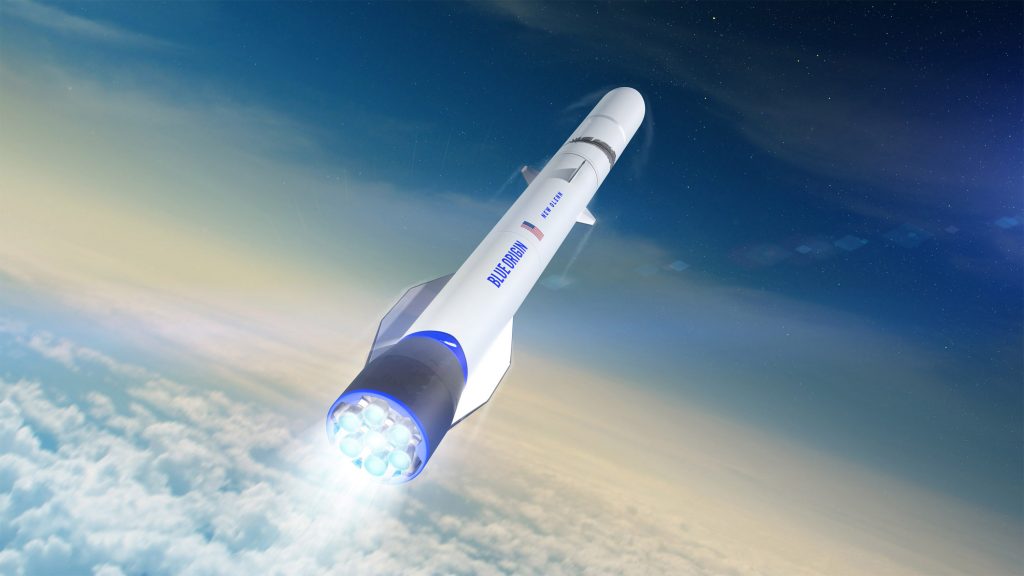
Finally, SpaceX appears to have upgraded Super Heavy Booster 7 with a full set of internal header tanks, meaning that it should now be able to store all needed landing propellant in separate tanks. That significantly decreases the amount of pressurization gas required and makes it much easier to ensure that Super Heavy’s Raptor engines are fed with an uninterrupted flow of propellant during complex in-space and in-atmosphere maneuvers. Following SpaceX’s decision to turn Super Heavy’s tank vents into maneuvering thrusters, header tanks should also decrease the chances of liquid propellant being accidentally vented while the booster is in microgravity/free-fall conditions.
With any luck, Super Heavy B7 will be fully assembled and ready for proof testing. It’s very likely that it will take SpaceX several more months to mature Raptor V2’s design into something ready for flight and produce and qualify at least 33 of the engines but in the interim, Booster 7 can hopefully kick off cryogenic proof and wet dress rehearsal testing as early as late March or early April.

News
Tesla FSD approved for testing in Nacka, Sweden, though municipality note reveals aggravating detail
Nacka, Sweden, a municipality just a few miles from Stockholm, has given its approval for FSD tests.
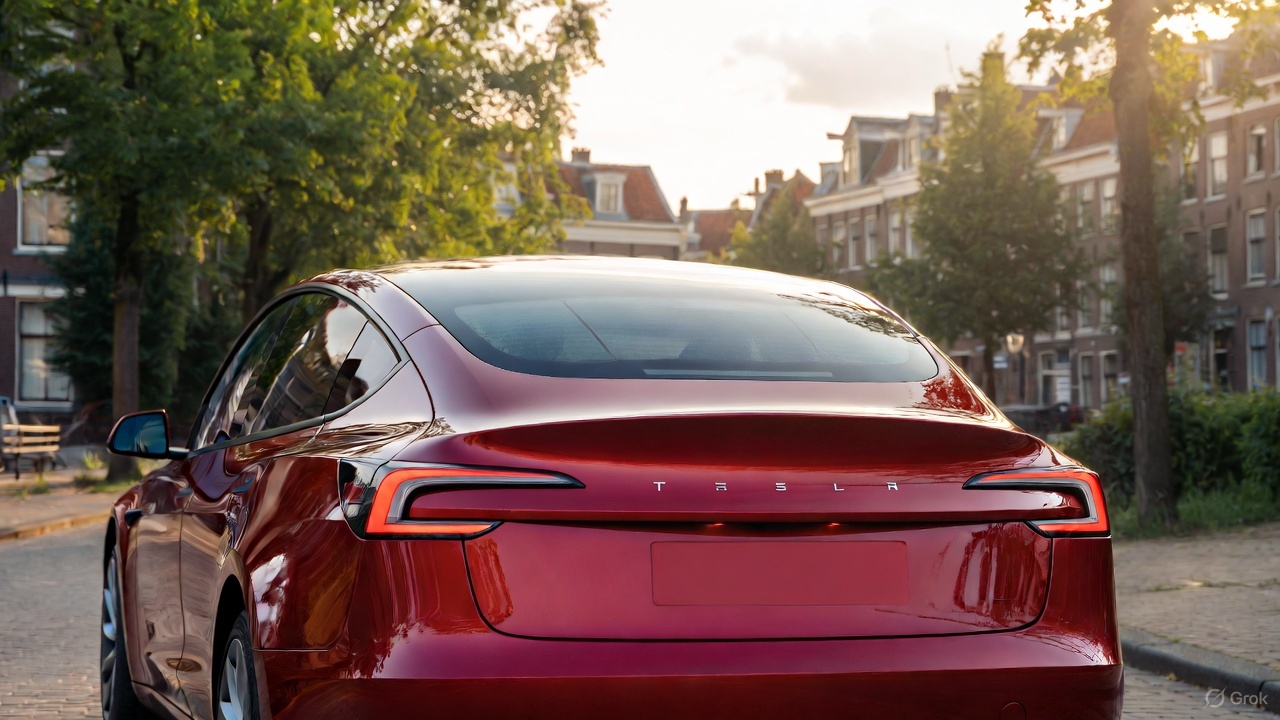
Tesla has secured approval for FSD testing in an urban environment in Sweden. As per recent reports from the Tesla community, Nacka, Sweden, a municipality just a few miles from Stockholm, has given its approval for FSD tests.
A look at the municipality’s note regarding FSD’s approval, however, reveals something quite aggravating.
FSD testing approval secured
As per Tesla watcher and longtime shareholder Alexander Kristensen, Nacka is governed by the Moderate Party. The shareholder also shared the municipality’s protocol notes regarding approval for FSD’s tests.
“It is good that Nacka can be a place for test-driving self-driving cars. This is future technology that can both facilitate mobility and make transportation cheaper and more environmentally friendly,” the note read.
The update was received positively by the Tesla community on social media, as it suggests that the electric vehicle maker is making some legitimate headway in releasing FSD into the region. Sweden has been particularly challenging as well, so securing approval in Nacka is a notable milestone for the company’s efforts.
Aggravating details
A look at the notes from Nacka shows that FSD’s proposed tests still met some opposition from some officials. But while some critics might typically point to safety issues as their reasons for rejecting FSD, those who opposed the system in Nacka openly cited Tesla’s conflict with trade union IF Metall in their arguments. Fortunately, Nacka officials ultimately decided in Tesla’s favor as the company’s issues with the country’s unions are a completely different matter.
“The left-wing opposition (S, Nackalistan, MP and V) voted no to this, referring to the fact that the applicant company Tesla is involved in a labor market conflict and does not want to sign a collective agreement. We believe that this is not an acceptable reason for the municipality to use its authority to interfere in a labor law conflict.
“Signing a collective agreement is not an obligation, and the company has not committed any crime. The municipality should contribute to technological development and progress, not work against the future,” the note read.
News
Tesla Model 3 and Model Y named top car buys in Norway
Despite growing competition from European and Korean brands, both models stood out for their balance of price, performance, and everyday usability.
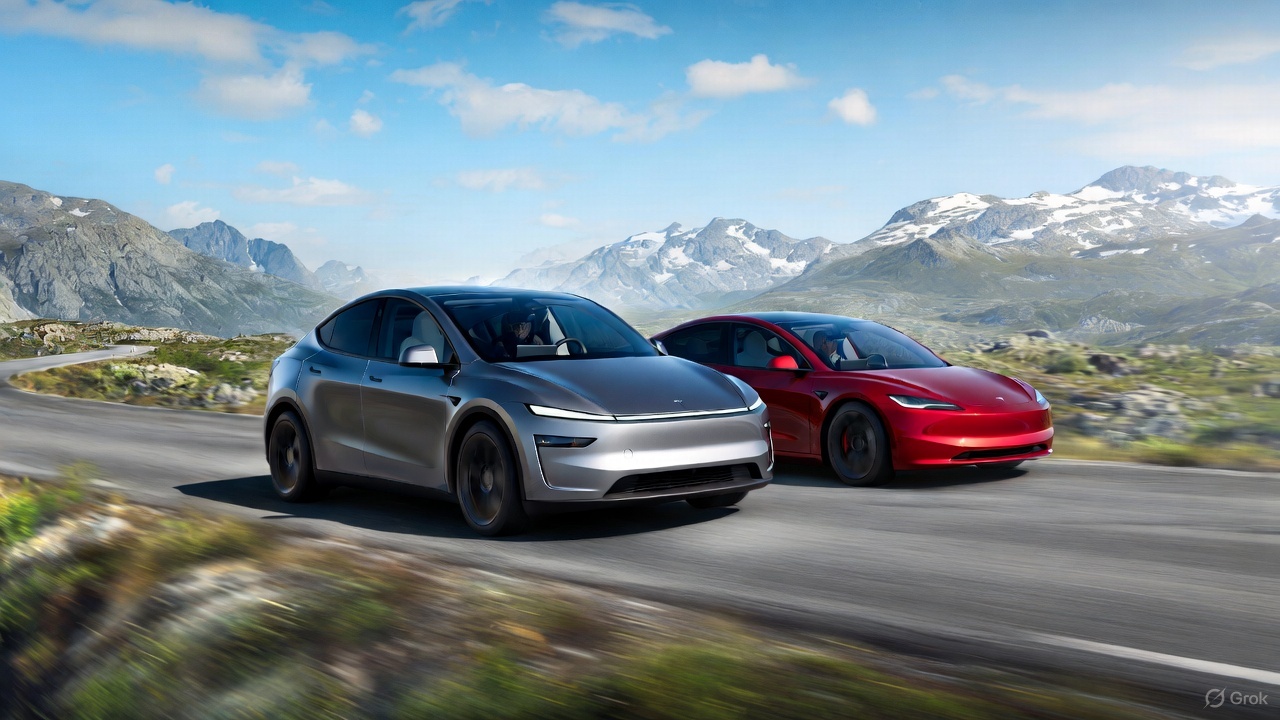
Norway’s annual roundup of the best car purchases featured Tesla’s two main sellers this year, with the Model 3 and Model Y securing top positions in their respective segments.
Despite growing competition from European and Korean brands, both models stood out for their balance of price, performance, and everyday usability. The verdict comes as electric vehicle adoption remained above 95% of new vehicle sales in the country.
Tesla Model 3 strengthens its value position
Among compact EVs, the Tesla Model 3 maintained its position as the best overall buy thanks to its strong blend of performance, efficiency, and updated features. Reviewers noted that every trim offered compelling value, especially with the all-electric sedan’s improved cabin ergonomics and the return of the turn-signal stalk, which was one of the few previous complaints among drivers.
The Model 3’s mix of long-range capability, low operating costs, and responsive handling has continued to set the benchmark for compact EVs in Norway. While competitors from Hyundai, Volkswagen, and Peugeot have narrowed the gap, Tesla’s price-to-capability ratio has remained difficult to beat in this segment, Motor.no reported.
“The Model 3 clearly offers the best value for money in the compact class, no matter which version you choose. Now it also gets the turn signal lever back. This eliminates one of the few flaws in a driving environment that many believe is the best on the market,” the publication wrote.
Tesla Model Y claims its crown
The Tesla Model Y emerged as Norway’s top family-car purchase this year. The latest refresh introduced improvements in ride quality, styling, and interior materials, allowing the Model Y to deliver a more premium driving experience without a substantial price increase.
Reviewers praised its spacious cabin, strong safety profile, and practical range, all of which reinforced its appeal for families needing an all-purpose electric crossover. The Model Y remains especially notable given its continued popularity in Norway even as Tesla faces declining sales in other global markets.
“The Model Y is back as the winner in the family class. The upgrade in the new year was even more extensive than expected. It is a slightly more elegant and significantly more comfortable Model Y that solidifies its position as Norway’s best car purchase in the most important class,” the Norwegian motoring publication noted.
News
Tesla Giga Berlin is still ramping production to meet Model Y demand: plant manager
Tesla Gigafactory Berlin has expanded to two full shifts, as per the facility’s plant manager, and a lot of it is due to Model Y demand.
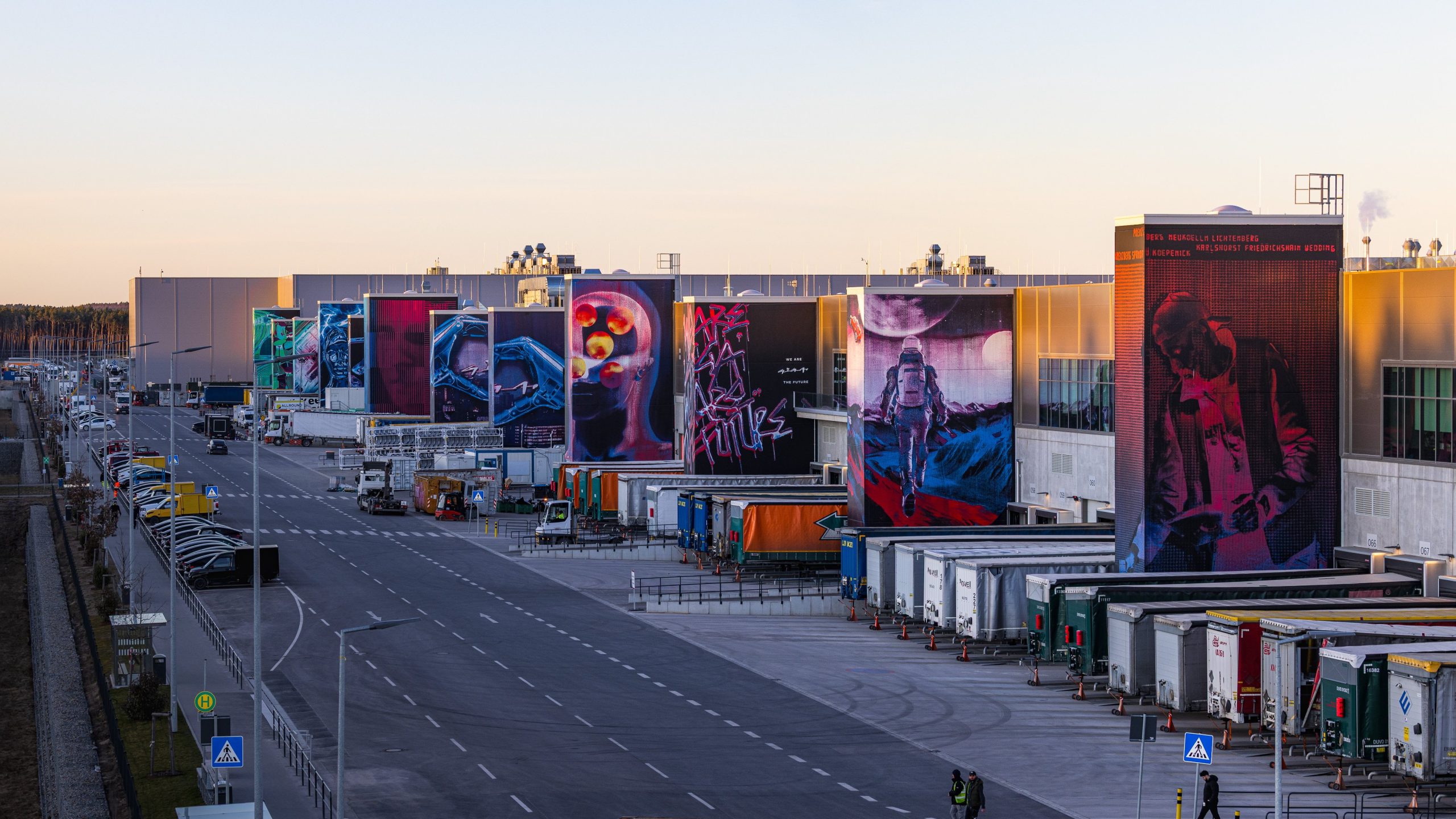
Tesla Gigafactory Berlin has expanded to two full shifts, as per the facility’s plant manager, and a lot of it is due to Model Y demand. While registrations in some countries such as Sweden have fallen sharply this year, the company’s sales in other key territories have been rising.
Giga Berlin shifts to two shifts
Giga Berlin factory manager André Thierig told the DPA that the facility has been running two shifts since September to manage a surge in global orders. And due to the tariff dispute with the United States, vehicles that are produced at Giga Berlin are now being exported to Canada.
“We deliver to well over 30 markets and definitely see a positive trend there,” Thierig said.
Despite Giga Berlin now having two shifts, the facility’s production still needs to ramp up more. This is partly due to the addition of the Tesla Model Y Performance and Standard, which are also being produced in the Grunheide-based factory. Interestingly enough, Giga Berlin still only produces the Model Y, unlike other factories like Gigafactory Texas, the Fremont Factory, and Gigafactory Shanghai, which produce more than one type of vehicle.
Norway’s momentum
Norway, facing an imminent tax increase on cars, has seen a historic spike in Tesla purchases as buyers rush to secure deliveries before the change takes effect, as noted in a CarUp report. As per recent reports, Tesla has broken Norway’s all-time annual sales record this month, beating Volkswagen’s record that has stood since 2016.
What is rather remarkable is the fact that Tesla was able to achieve so much in Norway with one hand practically tied behind its back. This is because the company’s biggest sales draw, FSD, remains unavailable in the country. Fortunately, Tesla is currently hard at work attempting to get FSD approved for Europe, a notable milestone that should spur even more vehicle sales in the region.









